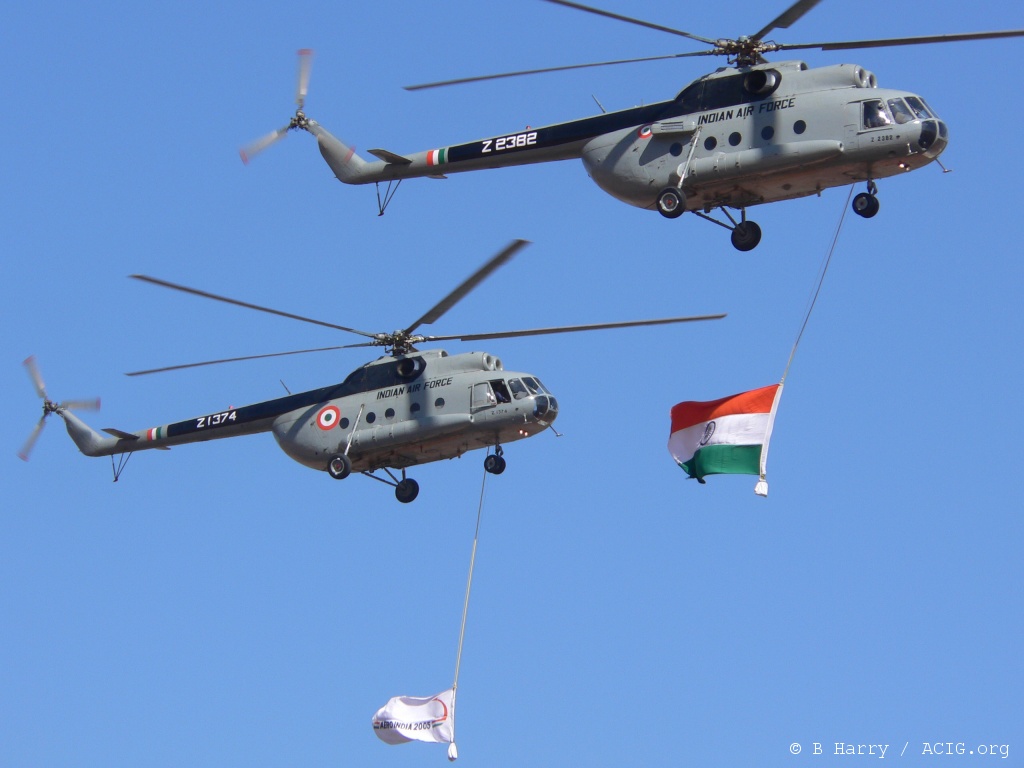German nationalism turned this word into a noun, "Aryan," and capitalized it to refer to an imagined race of people that were the original Sanskrit speakers who had composed its great texts. Early romantic claims that Indians were the ancestors of the Europeans were gradually replaced by the new myth that a race called "Indo-Aryans" was the common ancestors to both. Their origin was thought to be in the Caucasus Mountains, hence the term "Caucasian." Later, the "Indo" was dropped and the white Aryan Race Theory emerged. Thus, from the European desire to be seen as the inheritors of the Sanskrit civilization, the notion of a European super-race was born, with Germany as its highest manifestation.
How did this come about? In the late 1700s, European identity was shaken when scholars discovered that Sanskrit was closely related to the European languages, though much older and more sophisticated. At first, this discovery fed European Romantic imagination, in which India was glorified as the perfect past. Herder, a German Romanticist, saw Europe's "discovery" of India as a "re-discovery" of its own foundation. India was viewed as Europe's mother civilization by Frederick Schlegel in Germany and by Voltaire in France. William Jones, a British colonial administrator, considered Sanskrit the most marvelous product of the human mind. Sanskrit and Indology entered most major European universities between 1800 and 1850, challenging if not replacing Latin and Greek texts as a source for "new" ideas. Many new disciplines were shaped by the ensuing intellectual activity, including linguistics, comparative religion, modern philosophy and sociology.
With European nations competing among themselves for civilizational legacy, many rival theories emerged regarding the origins of the original Sanskrit speakers and their civilization. German nationalists found in the affinity between Sanskrit and German the possibility of a newly respectable pedigree vis-à-vis the French, and claimed the heritage of the treasure trove of Sanskrit literature to bolster their cause. The British interpreted India and Sanskrit in a manner that would strengthen their own role as empire-builders, with India as the jewel in the crown. Because Indians were not participants in European forums, there was widespread plagiarism of Indian texts, as well as much distorted interpretation.
By "becoming" the Aryans, Europeans felt that they were the rightful custodians of the massive corpus of Sanskrit texts that were generating new breakthroughs in the humanities and liberal arts. Germans took their newly adopted Aryan identity to extremes, and most of the influential European thinkers of the time colluded. Their racist theories often had an anti-Semitic dimension, seeking to reconstruct the Bible in Aryan terms. Ernest Renan, a philologist and Hebrew scholar, drew sharp distinctions between Semitic and Aryan languages and peoples. He proposed that though Aryans began as polytheists they were later transformed into Christian monotheists, and that Semitic peoples comprised an entirely different (and inferior) civilization. Adolphe Pictet, a Swiss linguist and ethnographer, was fully committed to the notion of European Aryans who were destined to conquer the world being blessed with "innate beauty" and "gifts of intelligence." He separated Jesus from Judaism, and turned him into the Aryan Christ.
The nascent discipline called "race science" was reinforced by such ideas. Joseph Arthur Comte de Gobineau, a French diplomat, philosopher and historian argued in his hugely influential Essay on the Inequality of Human Races that Adam from the Bible was the "originator of our white species." He wrote of the "superiority of the white type and within that type of the Aryan family." His thesis on India claimed that white Aryans had invaded India and subsequently began to intermarry with the local population. Realizing the danger of intermarriage, the Aryan lawgivers invented the caste system as a means of self-preservation. India was held up as an example of how interbreeding with an inferior race could bring about the decline of a superior one. Hitler's idea of "purifying" the Aryans was born out of this, and it culminated in the Holocaust.
Houston Chamberlain was a British historian whose magnum opus, Foundations of the Nineteenth Century (written in German), also projected Aryan-Germans as the most evolved among Aryan races. He introduced Christian, scientific and philosophical arguments to lend credibility and explained the benefits that Christianity would derive by supporting German racism. Anthropologist Kenneth Kennedy concludes of Gobineau and Chamberlain, that they "transformed the Aryan concept, which had its humble origins in philological research conducted by Jones in Calcutta at the end of the eighteenth century, into the politics and racial doctrines of Adolph Hitler's Third Reich."
In 2007, I played a role in a historic milestone when I was invited to address the first
Hindu-Jewish Summit. I spoke on the Aryan myth and the suffering that it had inflicted on both religious communities. Contrary to earlier apprehensions of some Hindus that this was a "risky" topic to bring up, the head of the Jewish delegation, Rabbi Rosen, member of the Chief Rabbinate of Israel's Commission for Inter-religious Dialogue, was very impressed. The Jewish delegation decided to appoint a team of scholars to study the issue and the references I had supplied. As a result, at the following year's Summit, a joint
declaration was signed, which included the following language from my draft:
"Since there is no conclusive evidence to support the theory of an Aryan invasion/migration into India, and on the contrary, there is compelling evidence to refute it; and since the theory seriously damages the integrity of the Hindu tradition and its connection to India; we call for a serious reconsideration of this theory, and a revision of all educational material on this issue that includes the most recent and reliable scholarship."
Today, the Western mainstream has made special efforts to remove the notion of an Aryan race from the vocabulary and the public psyche. However, as my recently released book,
Breaking India, explains, the damage in India has worsened. The Dravidian Race Theory was formulated by British missionaries in the 1800s in parallel with the Aryan theory, and it divides the peoples of India into racial categories of "Aryans" and "Dravidians." Western scholars and institutions continue to support Dravidian racism, which is dependent upon acceptance of the Aryan race construct. In a future blog I will explain how Christian missionaries are now exploiting these dangerous constructs.






















